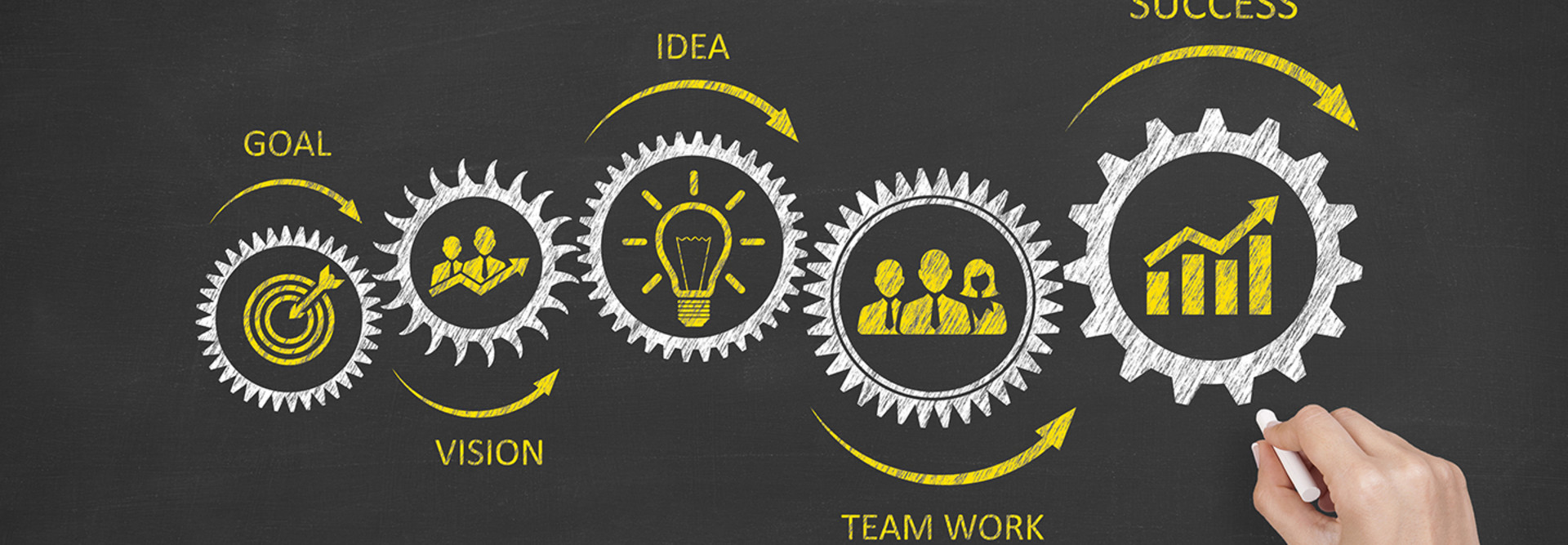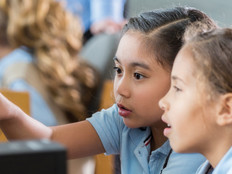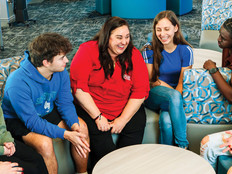Data Analytics, Blended Learning Methods Make Sure Students Are College Ready
In a report meant to explain why so many Tennessee high school graduates were struggling in college, it was revealed that a third of 2015 Tennessee students graduated without earning the necessary credits.
The students had earned the correct number of credits, they just weren’t the right credits — namely those from foreign language or social studies courses — NPR reports.
“In 28 percent of Tennessee high schools, fewer than half of graduates met the state’s requirements,” reads the NPR article. “These were often smaller schools that, while they offered all the necessary courses, are less able to provide the structure, oversight and counseling needed to keep students on track.”
For many school districts, measuring student learning outcomes is made easier through technology, specifically tools that provide insight into data.
Though Tennessee officials told NPR they plan to be more vigilant about tracking course credits, some of these technologies would likely help them stay organized and remediate easier.
A Basic Data Infrastructure Can Boost Success
Thanks to data collected over the last two decades, public schools in Chicago have insight into student progress through the milestones that matter most for success in high school and, later, college, writes Orrin Murray, director of technology for UChicago Impact, in U.S. News and World Report.
“Helping students succeed hinges on being able to intervene before they’ve failed classes, become truant or otherwise dug a deep hole,” writes Murray. “Student information systems (SIS) are the basic data infrastructure from which schools can build dashboards, find patterns, devise strategies and target interventions.”
Most SIS are not a “fancy” investment, Murray writes. They’re simply a combination of core course grades and absences with students flagged by the level of need.
Thanks to data, New York City Public High Schools discovered that only a third of its students were able to graduate from college within four years, according to a report from the Future of Privacy Forum.
“The ability to track individual student pathways revealed that almost four of five public high school graduates needed remediation when they got to city community colleges, suggesting a mismatch between what was on the state high school tests, and what students actually needed to know in college.”
This discovery has led to an initiative to redesign the curriculum to better prepare these students for college, reports FPF.
Flexible and Blended Learning Create Future-Ready Students
Blended learning, where part of instruction is done online and part is done in the classroom, has seen success in making learning more personal.
In an article from School Library Journal, Kate Nedved, a librarian at high schools in the Vancouver (Wash.) Public Schools, says the district’s blended learning approach helps students learn to direct their own learning, like they would in college.
“We should expose children to [digital learning tools] because that is how we are seeing colleges [teach],” says Elissa Malespina, the professional development co-chair for the ISTE’s librarian network, in the article.
Blended learning programs also give students more freedom to learn at their own pace and give teachers the ability to provide personalized remediation.
At Great Mills High School in Maryland, a blended learning program helped raise the graduation rate, a case study from Apex Learning reports.
“This model allowed each student to focus on specific content he or she had yet to master and to move at his or her own pace,” reads the case study. “Blended learning enabled [educators] to engage each student one-on-one, and determine how each student was doing and why he or she was struggling or excelling.”









